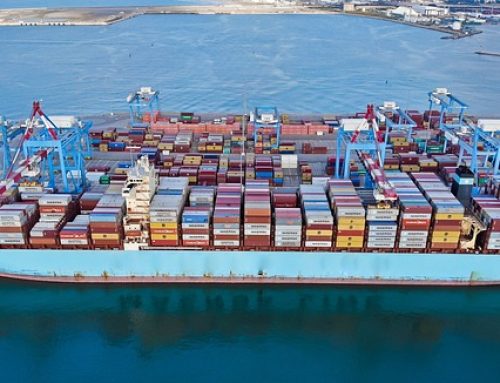March 10, 2023
Global Innovation Index 2022: Switzerland, the U.S., and Sweden lead the Global Innovation Ranking; China Approaches Top 10; India and Türkiye Ramping Up Fast; Impact-Driven Innovation Needed in Turbulent Times
Switzerland, the United States, Sweden, the United Kingdom and the Netherlands are the world’s most-innovative economies, according to WIPO’s 2022 Global Innovation Index (GII), with China on the threshold of the top 10. Other emerging economies are also showing consistently strong performance, including India and Türkiye, both of which enter the top 40 for the first time.
The report shows that research and development (R&D) and other investments that drive worldwide innovative activity continued to boom in 2021 despite the COVID-19 pandemic, but challenges are emerging in translating innovation investments into impact.
The GII finds that productivity growth- normally spurred by increased innovation – has in fact stagnated. It also finds that current technological progress and adoption show signs of slowing growth despite the recent flourishing of R&D expenditure and venture capital investments. However, with more careful and attentive nurturing of innovation ecosystems, a new era of innovation-driven growth led by Digital Age and Deep Science innovation waves could take off.
This year’s GII finds that innovation is at a crossroads as we emerge from the pandemic. While innovation investments surged in 2020 and 2021, the outlook for 2022 is clouded not just by global uncertainties but continued underperformance in innovation-driven productivity. This is why we need to pay more attention to not just investing in innovation, but how it translates into economic and social impact. Quality and value will become as critical to success as quantity and scale.
Among the GII’s key findings:
- The top global corporate R&D spenders increased their R&D expenditure by almost 10 percent to over USD 900 billion in 2021, higher than in 2019 before the pandemic. This increase was primarily driven by four industries: ICT hardware and electrical equipment; Software and ICT services; pharmaceuticals and biotechnology; and construction and industrial metals.
- Investments in global R&D in 2020 grew at a rate of 3.3 percent, but slowed from the historically high 6.1 percent R&D growth rate recorded in 2019. Government budget allocations for the top R&D spending economies showed strong growth in 2020. For 2021 government R&D budgets, the picture was more varied, with spending growing in the Republic of Korea and Germany, but falling in the US and Japan.
- Venture capital (VC) deals exploded by 46 percent in 2021, recording levels comparable to the internet boom years of the late 1990s. Latin America and the Caribbean and Africa regions witnessing the strongest VC growth. The VC outlook for 2022 is more sober however; tightening monetary policies and the effect on risk capital will lead to a deceleration in VC.
In its annual ranking of the world’s economies on innovation capacity and output, the GII shows some key changes in the top 15 of the ranking, with the United States climbing to the 2nd position, the Netherlands reaching the 5th position, Singapore reaching 7th, Germany reaching 8th and China up one place to 11th and on the doorstep of the top 10.
Canada is back among the top 15 global innovators (15th). Türkiye (37th) and India (40th) enter the top 40 for the first time. Beyond these, Viet Nam (48), the Islamic Republic of Iran (53rd) and the Philippines (59th) are the middle-income economies with the fastest innovation performance growth to-date.

Several developing economies are performing above expectation on innovation relative to their level of economic development, including newcomers Indonesia, Uzbekistan and Pakistan. Eight innovation overperformers are from Sub-Saharan Africa, with Kenya, Rwanda and Mozambique in the lead. In Latin America and the Caribbean, Brazil, Peru and Jamaica are outperforming relative to development.
“With their rise in terms of innovation performance in the shadow of shocks to global supply chains, Türkiye and India are positively enriching the global innovation landscape, while Indonesia shows promising innovation potential, ” says GII Co-editor and Dean of the Saïd Business School at Oxford University, Soumitra Dutta. “Other regional champions like Chile and Brazil in Latin America, and South Africa and Botwana in Sub-Saharan Africa, have improved their relative innovation performance.”
Global leaders in innovation in 2022

Source: International Intellectual Property Organization (WIPO)
Legal Notice: The information in this article is intended for information purposes only. It is not intended for professional information purposes specific to a person or an institution. Every institution has different requirements because of its own circumstances even though they bear a resemblance to each other. Consequently, it is your interest to consult on an expert before taking a decision based on information stated in this article and putting into practice. Neither Karen Audit nor related person or institutions are not responsible for any damages or losses that might occur in consequence of the use of the information in this article by private or formal, real or legal person and institutions.






